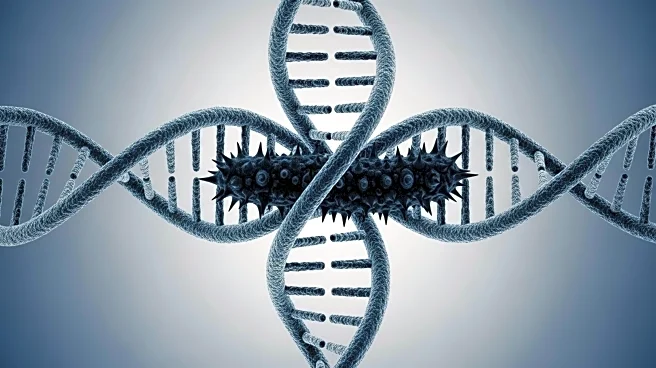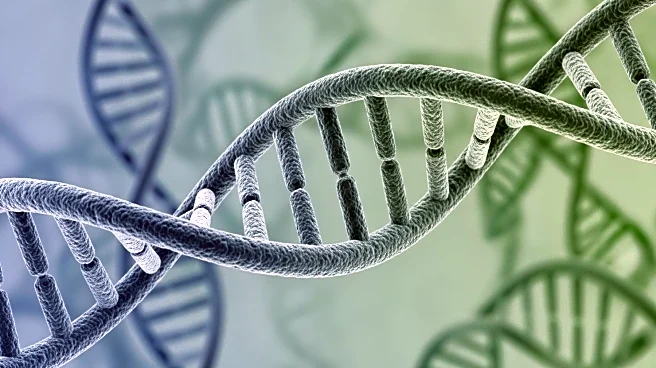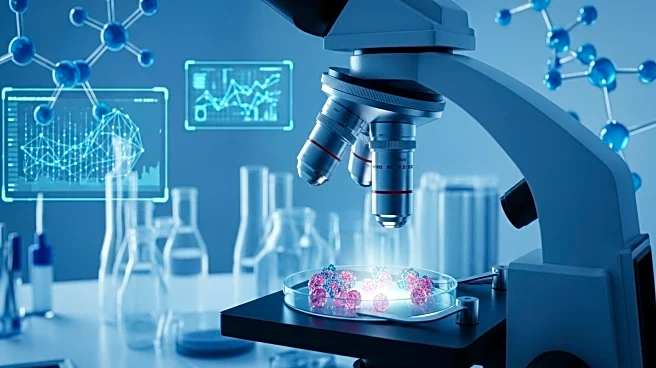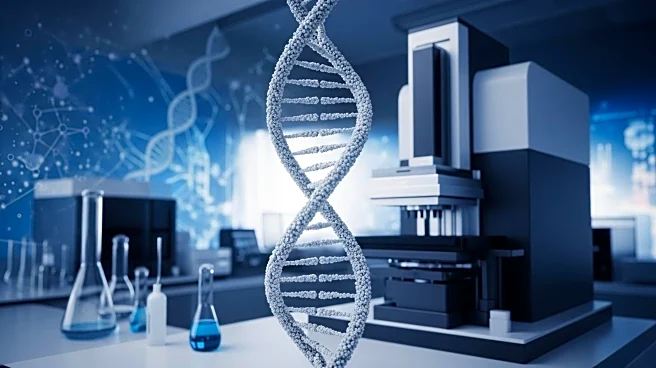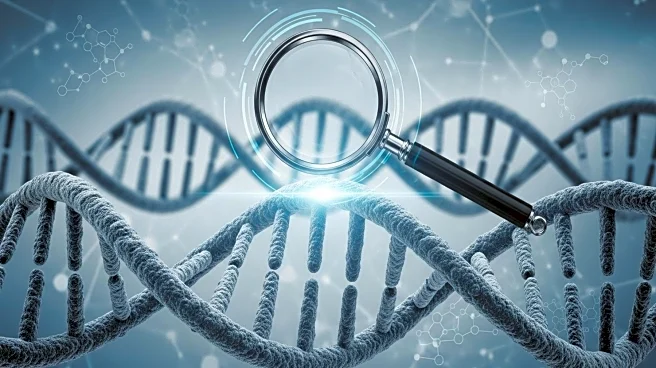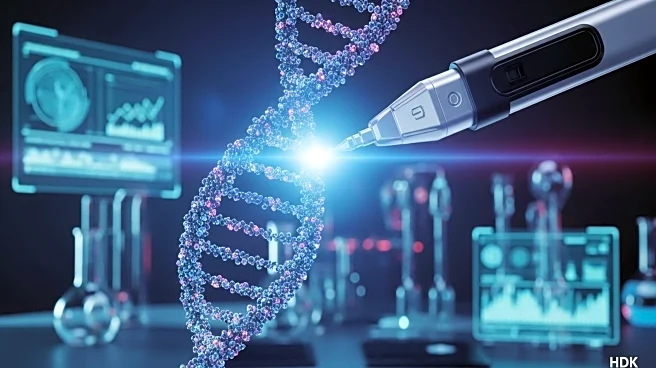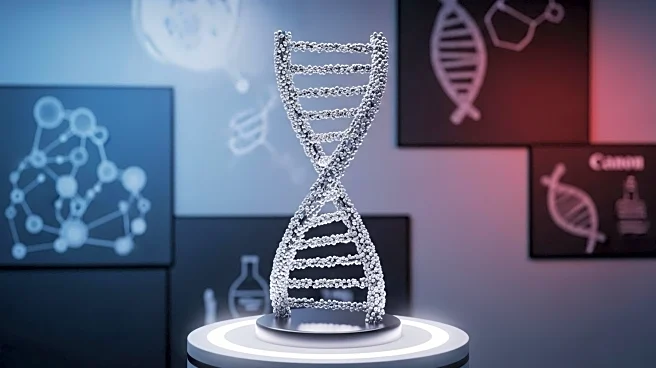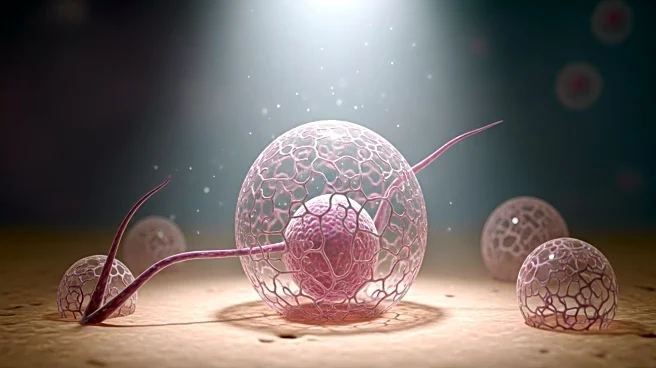What's Happening?
Researchers have successfully assembled the chromosome-level genome of the sea cucumber species Colochirus anceps using a combination of Illumina short-read, PacBio HiFi long-read, and Hi-C sequencing technologies. The study involved collecting various tissue samples from a healthy adult sea cucumber, which were then used for next-generation sequencing, PacBio sequencing, and Hi-C sequencing to assist in genome annotation. The genome assembly process included a genome survey analysis, k-mer analysis, and the integration of Hi-C sequencing data to achieve a near-chromosomal level assembly. The final assembly resulted in 23 chromosomes, consistent with the chromosome number reported for other sea cucumber genomes. The study also involved repetitive sequence prediction and non-coding RNA annotation, identifying a significant proportion of repetitive sequences and various types of non-coding RNAs within the genome.
Why It's Important?
The successful assembly of the sea cucumber genome provides valuable insights into the genetic architecture and evolutionary trajectory of this species. Understanding the genome structure can aid in the study of sea cucumber biology, including their unique regenerative capabilities and ecological roles. This research could have implications for aquaculture, as sea cucumbers are economically important in various regions due to their use in traditional medicine and as a food source. The detailed genome assembly also contributes to the broader scientific understanding of marine invertebrates, potentially informing conservation strategies and sustainable harvesting practices.
What's Next?
Future research may focus on functional genomics to explore the specific genes responsible for the sea cucumber's regenerative abilities and other unique biological traits. Additionally, the genome data could be used to improve breeding programs in aquaculture, enhancing the sustainability and productivity of sea cucumber farming. Researchers may also investigate the evolutionary relationships between Colochirus anceps and other sea cucumber species, providing further insights into the genetic diversity and adaptation mechanisms within this group.
Beyond the Headlines
The assembly of the sea cucumber genome highlights the advancements in sequencing technologies and their application in marine biology. This research underscores the importance of integrating various sequencing methods to achieve comprehensive genome assemblies, which can be applied to other complex organisms. The study also raises ethical considerations regarding the use of genetic information in aquaculture and conservation, emphasizing the need for responsible management of genetic resources.
